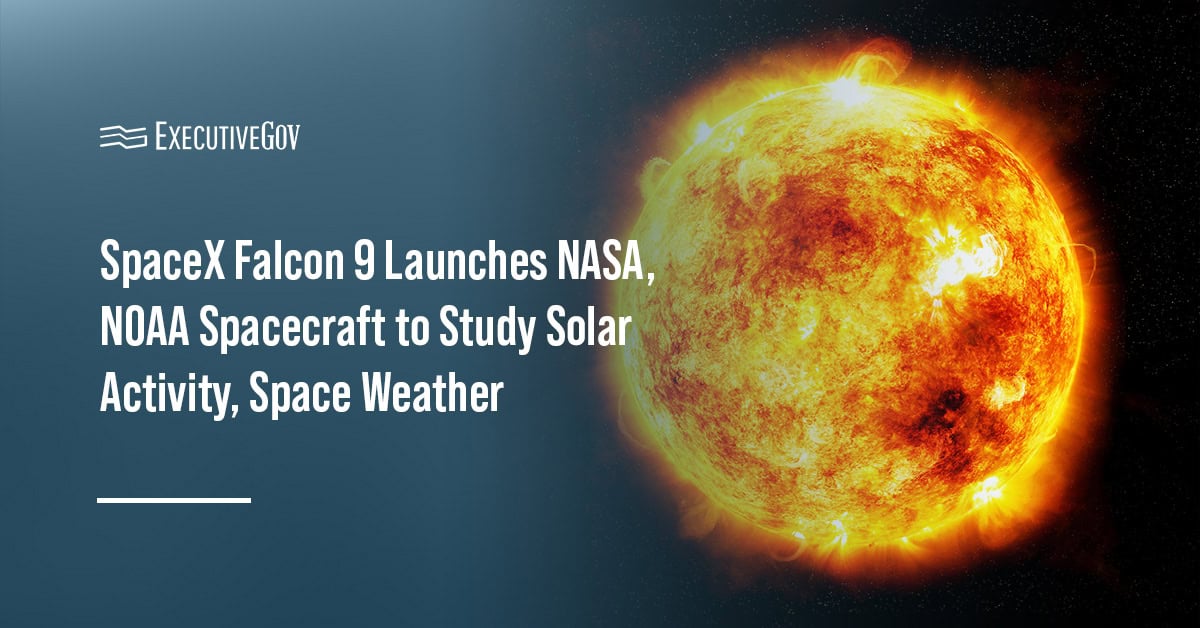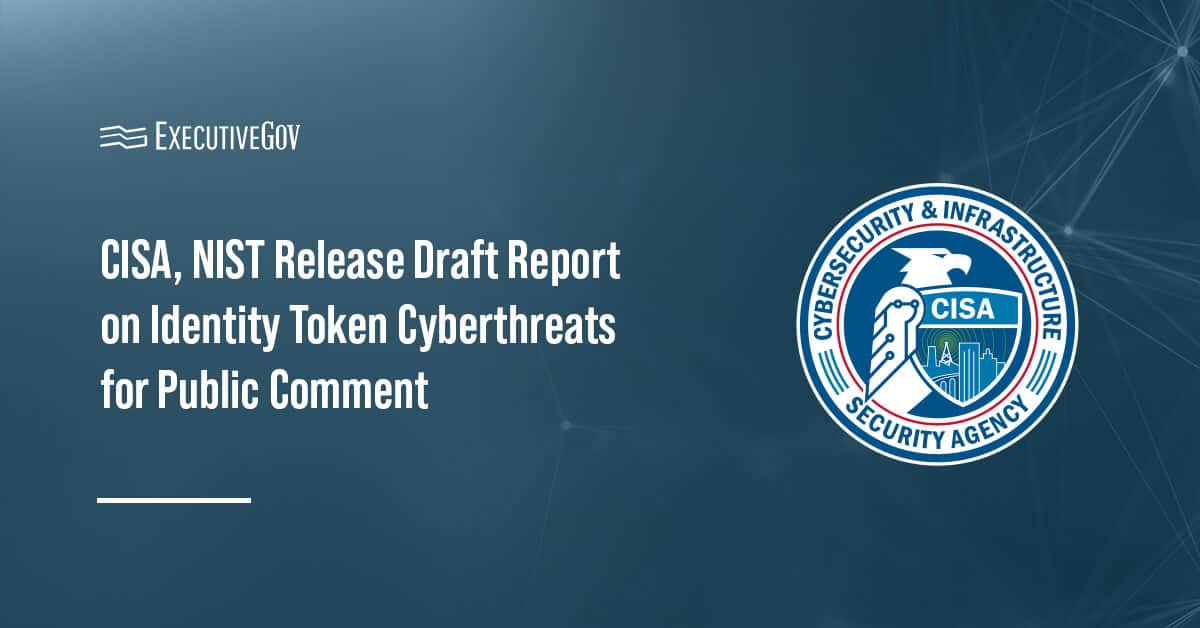SpaceX’s Falcon 9 rocket has launched three new NASA and National Oceanic and Atmospheric Administration missions to investigate the impact of the sun’s activity across the solar system.
On Wednesday, the Falcon 9 lifted off from Launch Complex 39A at Kennedy Space Center in Florida to deploy NASA’s Interstellar Mapping and Acceleration Probe, or IMAP, and Carruthers Geocorona Observatory and NOAA’s Space Weather Follow On-Lagrange 1, or SWFO-L1.
Over the next couple of months, NASA said all three spacecraft will travel to Lagrange point 1, which is about a million miles from Earth, then conduct instrument checks and calibrations before they begin their respective missions.
NASA, NOAA Space Weather Missions
IMAP, according to NASA, is a “modern-day celestial cartographer.” The spacecraft was developed by the Johns Hopkins Applied Physics Laboratory and is equipped with various scientific instruments to map out the boundaries of the heliosphere, the bubble created by solar winds that encapsulates the entire solar system. The heliosphere is responsible for shielding the solar system from galactic cosmic rays.
Meanwhile, the Carruthers Geocorona Observatory will record the changes in the outermost layer of the exosphere, or the outermost layer of the Earth’s atmosphere, during solar storms. The spacecraft, built by BAE Systems, will study the geocorona, which is the ultraviolet glow created when sunlight hits the exosphere.
On the other hand, NOAA’s SWFO-L1 will serve as a full-time operational space weather observatory that will monitor solar activity and space weather without interruptions or obstructions. SWFO-L1 will deliver near-real-time space weather data to enable forecasters to warn about space weather events that can severely impact critical infrastructure.





